How nature reveals an improved path to mine water management

CREDIT: Technosub
Have you noticed that the more complex the problems we face in our lives, the more complex strategies we are deploying to solve them?
In the mining industry, the same situation applies. Organizations have now become extremely complex ecosystems.
It is sometimes difficult to understand how they really work and interact.
And what if simplicity was the solution to solve complex problems?
Nature has a lot to teach us. Nature can simultaneously and intelligently manage multiple ecosystems of infinite complexity.
It manages to evolve constant ly in harmony despite the constant integration of new elements that interfere with the entire system. Its flexibility is unbeatable.
Human beings tend to conceive and deploy solutions in “machine” terms, organized in a hierarchical framework.
Constantly changing external environments inevitably force these machines to become more complex. Thus, humans in their efforts to adapt are reacting to their changing environment by adding new components instead of responding with flexibility and agility.
Take the example of the relatively complex problem of water management in a mine, which requires consideration of;
- Where the water is coming from
- Forecasting the quantities of water that must be managed
- Understanding the quality of the water
- Dealing with the seasonal cycles that sometimes saturate the system, and other times deprive it of water
- Determining if contamination of the water can be avoided
- Appropriate treatment strategies
- Worker awareness of issues related to water management
- Adopting adaptive water management strategies that can cope with changing conditions
- How to structure organizations and systems to be more agile
- And don’t forget… in winter, water freezes!
And, what if we were inspired by nature in comparing this water to a virus in the human body?
- Just like a virus, this water can come from anywhere (precipitation, process, groundwater, spill, etc.);
- Just like the virus, there’s no warning before water begins to affect the system and the level of effect is hardly predictable;
- Just like the virus can affect the body, water can make the mine inoperative or less efficient;
- Just as a virus, water must be neutralized, treated and disposed of;
- ust like the body must work to master this disruptive virus to continue its functions, so must the mine deal with water.
A TED talk by Martin Reeves inspired us with this analogy. In it, Reeves asks what system in nature is best designed to cope with viruses: It is the immune system.
In our daily life at Technosub, we are dealing with dynamic and unpredictable situations, such as managing the water of a mine. In this case, mechanical or “machine” thinking reaches its limits in its ability to deal with the level of complexity, so we must consider and master this art of “biological thought,” inspired by our observations of nature. In other words, we need to think more moderately and subtly about when and how we can influence, rather than to control complex and unpredictable water management situations. Innovation is of the essence and this must be considered in the design of mining water management works and throughout the mining operation.
Remember, we are limited in our capacity to control Mother Nature by force.
The systems in place sometimes are insufficient to protect themselves against changes and have sometimes lost this ability to think and act in a biological manner.
Let’s go back to how the immune system defends against viruses to make the analogy to water in a mine. The system is very well organized and has exceptional features. At Technosub, the engineering team uses these six criteria, inspired by the human immune system, when designing water management works.
1 Redundancy
First, it intelligently uses redundancy by having in advance millions of copies of each component (like white blood cells) to create enormous protection against the unexpected. In a mine, redundancy is required for dewatering systems. If a pump shows signs of failure, another pump must be ready to start instantly.
Redundancy in piping or valve systems is also required in order to add flexibility in the water management system.
2 Diversity
As Mr. Reeves explains, the immune system intelligently exploits diversity, having not only leukocytes but also B and T cells, the natural killer cells and antibodies. Together, the diversity of approaches can manage more or less all kinds of issues. The use of different water management strategies is also required in the mine. This could mean having a good knowledge of the hydrogeology of the site in order to pump the water before it is impacted by the mining operations.
Or, understanding the hydrology of the site to prevent a part of the surface water from recharging the groundwater before is causes challenges to operations. Here, a global and holistic vision of water is needed in order to develop various strategies adapted to the conditions.
3 Modularity
In the immune system, the design is completely modular.
There is, for example the surface barrier of the skin, an immune system that naturally reacts very quickly, and another able to adapt in a very targeted way. If one system fails, another can take control, creating an almost infallible system. In the design of mine water management works, different modules can be arranged to work for a common objective while contributing locally. For example, the installation of a MUDWIZARD sludge management system underground, a module that locally pre-treats the water from the drilling operations to allow recirculation of this water underground. This module contributes to a greater objective, that of reducing the amount of water to be pumped and managed on the surface, thus saving pumps, power and treatment efforts for the final effluent.
4 Adaptation
The immune system has a total ability to adapt. It can develop specific antibodies to threats it has never encountered before. Likewise, the design of the water systems must provide for potential adaptations in the piping. For example, in case of encountering excess water flow, the addition of pumps or the provision for extra power in distribution networks should be planned.
5 Prudence
The immune system operates with incredible prudence, detecting and reacting to the slightest threat and remembering all the previous ones, in case they manifest again. At Technosub, our designers learn from past failures and incorporate the new knowledge acquired to guard against potential future risks. That is why our project managers are always involved in the installation and commissioning of each system, to learn from mistakes and implement improvement on future designs.
6 Integration The immune system is integrated into the larger system of the human body, and works in complete harmony with the system to create this biological protection.
Likewise, the water management system must also adapt to the reality of the mine rather than the mine being at the mercy of the water management system.
After all, resources are limited in a mine, and a simple system that is easy to understand and easy to operate is always better than a complex one. This for us is the meaning of success in integration.
These integrated features significantly increase the agility, reliability and resilience of water management strategies.
Often, simple modifications to incorporate these six concepts into the initial design will greatly improve ease of use and reduce operational risks and costs.
Finally, we can observe that the typical structure for decision making is not always compatible with the continuously changing challenges encountered in water management. In a mine, everything is changing in real time. Inevitably, in this context, it is easy to be overwhelmed by any decision that requires co-ordination.
Therefore, it is necessary to re-examine the design of our systems in order to simplify the decision making process and to integrate these six elements inspired by the immune system.
In contrast, nature adapts to distribute authority to the billions of individual components that compose it. And from this is another lesson we can follow from nature.
Nature has taken millions of years to optimize complex systems. Why not have the humility to take advantage of this experience to simplify our lives?
Patrick Martel, P.Eng, is vice-president, Innovation Development / Integrated Solutions at Technosub.
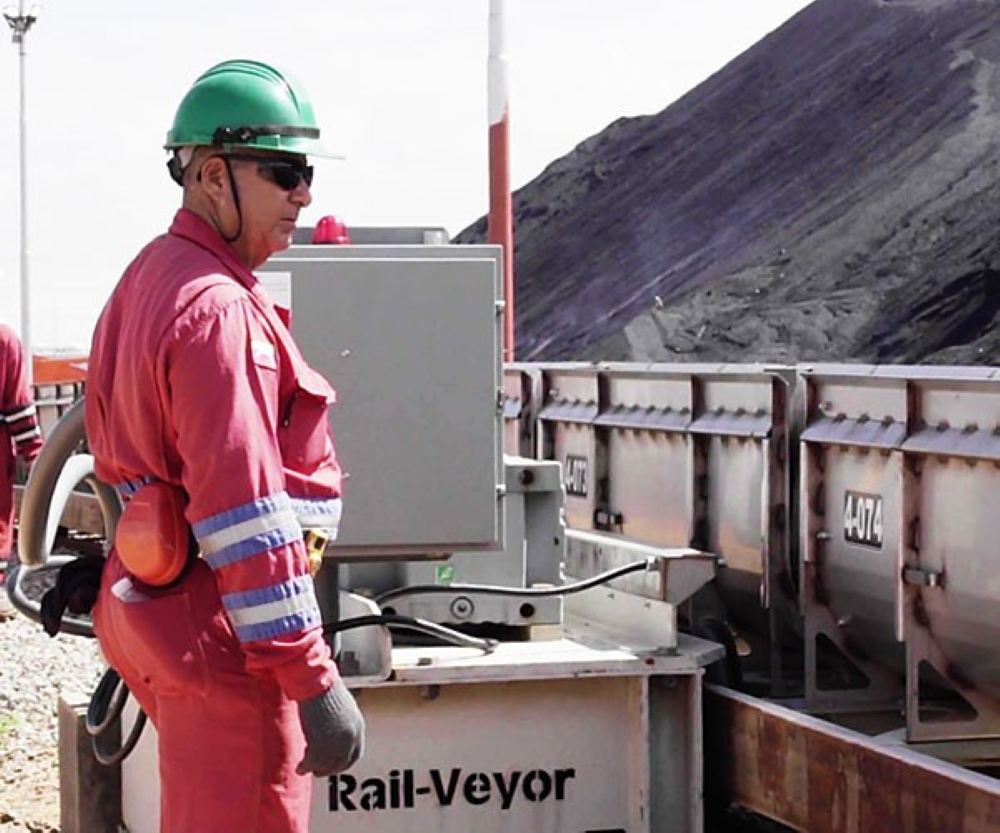
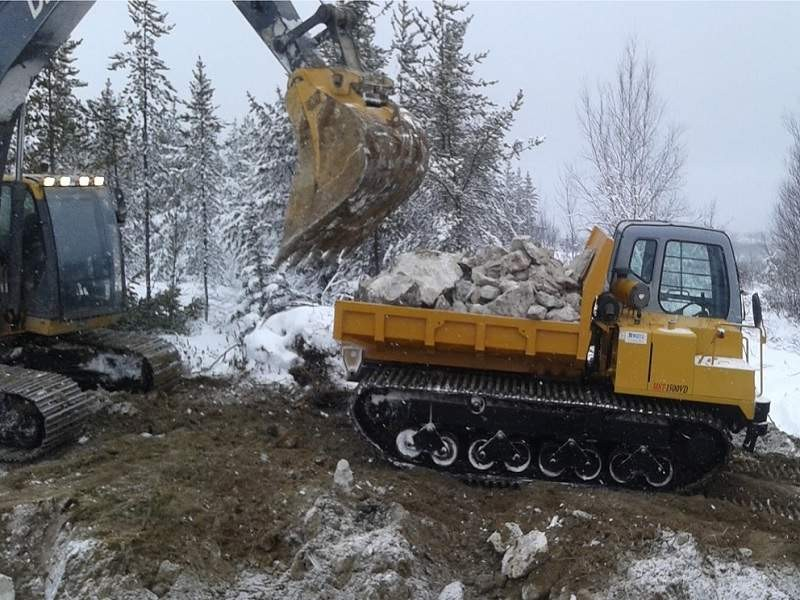
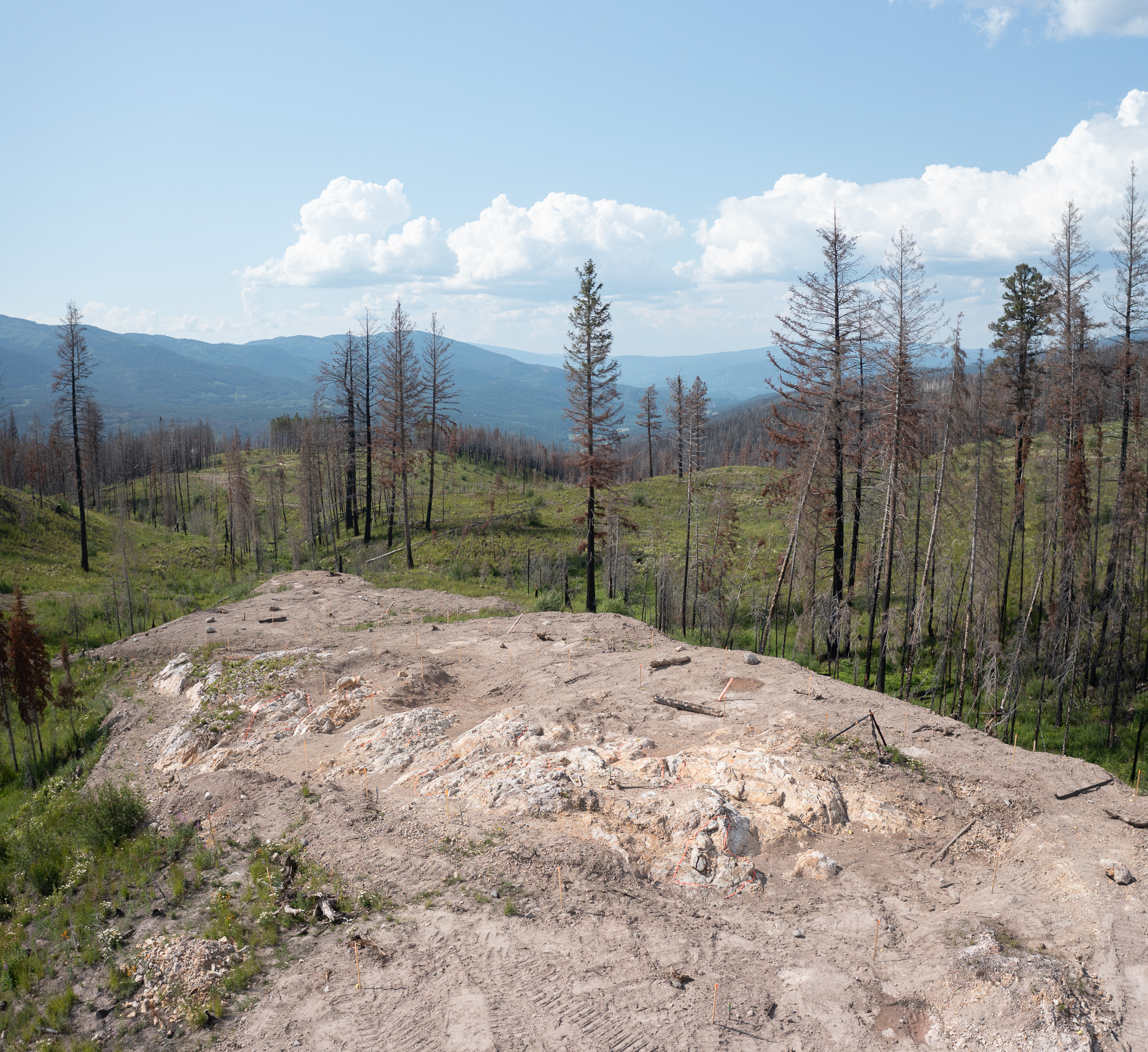
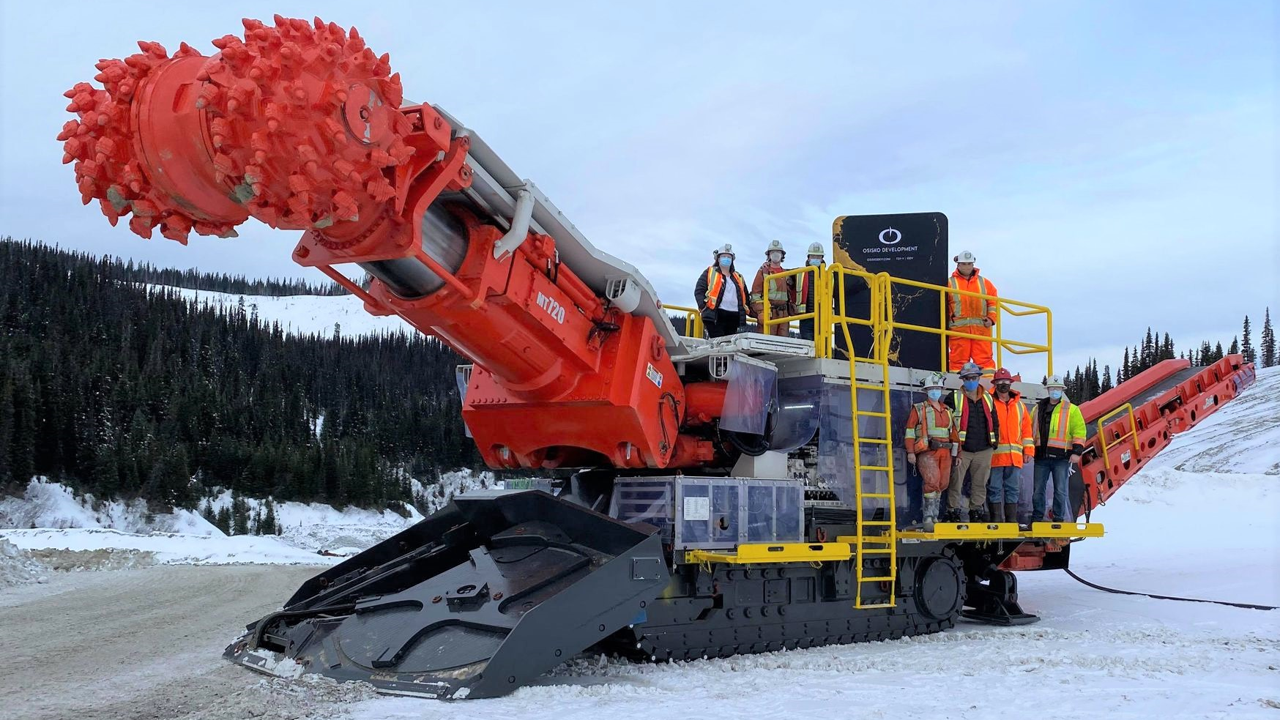
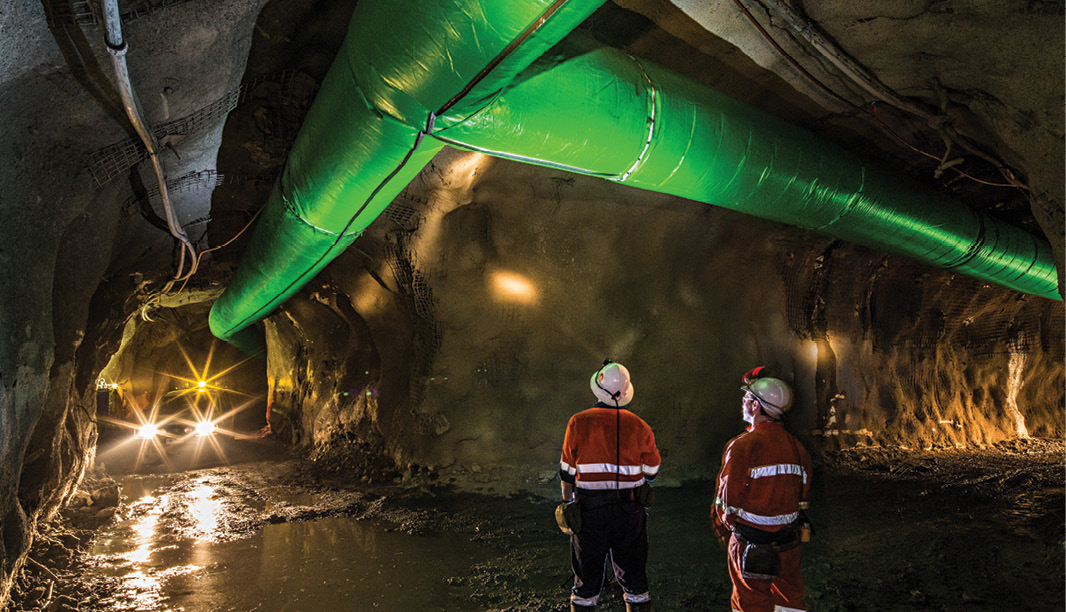
Comments